The Google Pixel 3 is one of the best-performing single-lens cameras in our DxOMark Mobile test protocol for smartphone rear cameras. Looking at the front camera hardware specifications, it seems we can expect great things from the Pixel 3 selfie shooter as well. Right now the Pixel 3 is one of very few devices that comes with single camera at the back and a dual camera at the front.
Selfie photographers can capture images with either an 8MP camera with a fast f/1.8-aperture and 28mm-equivalent focal length lens, or with a super-wide-angle with the same pixel count, but a 19mm-equivalent focal length—ideal for group shots or self-portraits that include large portions of the background scenery. The second lens features a slower f/2.2.-aperture lens, but both cameras come with auto HDR. The front camera records video at 1080p full HD resolution at 30 frames per second.
Please note that we did not test the super-wide-angle lens for this review, but only the Pixel 3’s front camera primary module. Read our comprehensive review to find out how the Google Pixel 3 front camera performs in our new DxOMark Selfie test.
Key front camera specifications:
- Dual camera
- 8 Mp primary camera with f/1.8-aperture lens, 28mm-equivalent focal length, PDAF
- 8 MP secondary camera with fixed-focus f/2.2-aperture lens, 19mm-equivalent focal length
- Sony IMX353 1/4″ sensors
- HDR+
- 1080p video at 30fps
About DxOMark Selfie tests: For scoring and analysis in our smartphone front camera reviews, DxOMark engineers capture and evaluate over 1500 test images and more than 2 hours of video both in controlled lab environments and in natural indoor and outdoor scenes, using the camera’s default settings. This article is designed to highlight the most important results of our testing. For more information about the DxOMark Selfie test protocol, click here.
Test summary


At an overall score of 92 points, the Google Pixel 3 is currently one of the very best devices for selfie still and video shooting. The front camera scores an excellent 99 points for Photo, thanks to excellent results in the focus, and detail categories.
Exposure performance is up there with the very best. Target exposure tends to be spot-on, and Google’s efficient HDR+ algorithms ensure that the camera captures a great deal of highlight and shadow detail in high-contrast scenes. There is some slight underexposure in some scenes, although it’s much less noticeable than on its predecessor Pixel 2, and there is a slightly steep contrast curve that can lead to shadow clipping in darker parts of the frame—for example, around the eyes or in the hair of selfie subjects.
The Pixel 3’s autofocus system is one of the best-performing that we have seen on a front camera, and better than on the Galaxy Note 9 in terms of stability and sharpness in long-distance subject shots. It is capable of keeping subjects in focus from a very close shooting distance of 30cm up to selfie-stick shots at 120cm. At long distances, the camera also offers a very wide depth of field, keeping the background sharp and making the Pixel 3 a good choice for travel selfies that include the background in image composition.
The Pixel 3 also renders some of the best textures and detail we have seen on front cameras since we started our testing. Image detail is class-leading across all light levels, without the over-sharpening that we saw in Pixel 2 images, resulting in a very natural look overall.
Noise is the Pixel 3’s main drawback, however, and it is visible in all light conditions. Google engineers have tuned the camera with a focus on image detail and have made noise reduction much less of a priority. This is in essence an opposite approach to rival Samsung’s Galaxy Note 9, which captures less image detail but produces much cleaner images. Apart from noise, the area most requiring improvement is the white balance system. During our testing, we saw yellow and/or greenish color casts on skin tones in a variety of outdoor shooting situations and under artificial lighting indoors. The effect can be subtle, but sometimes it is quite intrusive and immediately noticeable.
All artifacts are generally very well under control, however, apart from a slight hue shift in the sky that is occasionally visible in specific outdoor situations.
In addition, the Pixel 3 is capable of capturing flash shots with good color, detail, and exposure. Only the light fall-off could be improved, as parts of the scene that are close to the edges of the frame tend to be significantly underexposed. Bokeh simulation images taken in Portrait mode are close to the best we have seen, with good bokeh shape and background segmentation.
In video mode, the Pixel 3 again puts in a very strong performance, scoring 83 points. Levels of detail are high, while noise is very well-controlled. As in stills mode, the autofocus system can keep subjects in focus across a range of shooting distances, and both target exposure and color are generally very good. There is room for improvement in the stabilization, which is not very efficient when walking while recording or panning; and we have occasionally seen slight white balance and exposure instabilities under changing light conditions or when moving with the camera. There is also no HDR mode in video shooting, resulting in some highlight clipping in high-contrast scenes. While the autofocus system generally performs well, it can occasionally get confused by subject motion, with the camera sometimes focusing on the background in a few scenes. Despite those points of criticism, the Pixel 3 front camera is currently one of the very best for video capture.
Photo scores explained
The Google Pixel 3’s front camera achieves a total Photo score of 99, which is calculated from its scores in tests that examine different aspects of its performance under different lighting conditions. In this section we’ll take a closer look at these image quality sub-scores, analyzing some aspects of the Pixel 3’s performance versus its key competition.

Exposure and Contrast
Google Pixel 3
78
91
The Pixel 3 front camera achieves a very good score for exposure, thanks to target exposure that is very good in most situations, and to a wide dynamic range that allows the camera to retain many highlight details in difficult high-contrast scenes. In the comparison samples below, you can see that the Pixel 3 and the Galaxy Note 9 capture pretty similar levels of highlight detail. In the shot from the Meitu V6, which does not offer an auto HDR feature on its front camera, the clouds in the background are completely blown out.
Contrast is noticeably higher on the Pixel than on the Samsung. This results in punchier pictures; but while the exposure of skin tones is spot-on, some darker areas of the image, such as around the eyes and the hair, show some shadow clipping and little detail. The Samsung’s tone curve is flatter overall, but arguably produces a more natural look.
You can see from our lab analysis that the Pixel 3 is capable of capturing good exposures down to low light levels. Images are slightly darker across the board when compared to the Samsung Galaxy Note 9, but are noticeably brighter than those from its predecessor, the Pixel 2, which we occasionally found to slightly underexpose in our tests.
In the backlit self-portrait below, the Pixel 3 does a good job at exposing the faces, although the dark skin tones on the left are a touch underexposed. The Samsung does a slightly better job at balancing the exposure; and confirming what we see in the graph above, the Pixel 2 is a touch darker overall. There’s a lot of highlight clipping in the background of all three images, but the cameras do a decent job of retaining a good level of detail in the much brighter exterior part of the scene.

Color
Google Pixel 3
77
105
At a score of 77 points, color represents a bit of an opportunity for improvement for the Pixel 3. Outdoors, the white balance system often renders skin tones that are mostly neutral, but can look a little cold and unnatural. Under indoor lighting or with plain-colored backgrounds, skin tones often show slight but noticeable greenish or yellow casts. In the sample below, you can see that the skin tones in the Pixel 3 image are a touch green. The Samsung Galaxy Note 9 captures warmer skin tones that are more pleasant to most viewers.
In the mixed and artificial lighting situations below, we can see a pretty noticeable green cast on both faces.
We also detected some color shading in low light in Pixel 3 images, but you’d have to look very closely to notice the effect. The low-light shot below has a slight green cast to it which becomes stronger towards the edges of the frame.
In our lab skin tone patch analysis, the Pixel 3 camera captures mostly neutral skin tones in bright daylight conditions, but some casts become noticeable at lower light levels and under artificial light sources.

Focus
Google Pixel 3
86
97
The primary camera in the Pixel 3 front dual-camera comes with a well-tuned PDAF system that helps the device achieve a very good score for focus. Thanks to the AF, the Pixel 3 is capable of capturing well-focused images across all our tested subject distances, from 30 to 120cm. In addition, the focus is generally also very stable and repeatable. This performance sets the Pixel 3 apart from many of its competitors, which usually struggle with at least one subject distance. Only at the longest 120cm selfie-stick focus distance did we experience some repeatability issues, as you can see in the graph above.
In the comparison below, you can see that at a 120cm subject distance, the Pixel 3 also does really well at keeping both subject and background in focus. This means that in combination with a selfie-stick, the Pixel 3 is an ideal device for capturing tourist-style images that include the background in the composition and at the same time can keep the foreground subject sharp.
At closer subject distances, such as in the 55cm shot below, the background is a little more blurry. That said, the Pixel 3 still does pretty well, making it also a good choice for group shots with the subjects in different focal planes, such as in the shot on the right. The face farthest away from the camera is not perfectly sharp, but is still acceptable. By default, the camera focuses on the face closest to the camera in this scene. Tuning it to lock onto a subject closer to the center of the frame could help maximize sharpness across the scene.
Google Pixel cameras are renowned for excellent detail rendering, and the Pixel 3 front camera is no exception. It is capable of capturing class-leading detail across all light levels, along with details and textures in faces. It renders hair, beards, eyebrows, and eyelashes very precisely and naturally, without any over-sharpening, and achieves a very natural look overall. The same is true for skin textures, which the Pixel 2 slightly over-sharpened; with the Pixel, they look more natural.
In lower light, the Pixel 3 also captures high levels of detail, thanks to faster-than-usual shutter speeds that help keep motion blur under control when capturing moving subjects. In the graph below, you can see that the Pixel 3 captures consistently higher levels of detail across all light levels when compared to one of its main rivals, the Samsung Galaxy Note 9. It has also slightly improved over its predecessor, the Pixel 2.
The sample images of our test scene confirm the measurements plotted in our graph. In the right light (1000 lux), both the Pixel 3 and Pixel 2 capture excellent levels of detail, but the Pixel 3 uses a touch less sharpening than its predecessor. Some over-sharpening artifacts are evident in the Pixel 2 image, especially on the skin of our realistic mannequin. By comparison, the Note 9 delivers a very noticeably softer image with lower levels of detail in all areas.
The situation doesn’t change much under typical indoor lighting conditions at 100 lux. Despite some loss of detail compared to the 1000 lux image, the Pixel 3 captures visibly better detail than the Note 9 and is also sharper than its predecessor, the Pixel 2.

Noise
Google Pixel 3
70
90
In terms of image processing, there’s always a compromise between detail retention and noise reduction. Given that the Pixel 3 achieves class-leading levels of detail, it’s not much of surprise that some luminance noise is visible, especially in lower light. In the graph above, you can see that the Pixel 3 and Pixel 2 produce almost identical levels of noise in our lab tests. We saw in the previous section that the Samsung Galaxy Note 9 produces noticeably softer images than the Pixel 3. The upside to such softness is that noise levels are measurably and visibly lower as well.
You can see in this Pixel 3 indoor shot that there is some luminance noise in the background, but it is quite finely grained and therefore not too intrusive.
Noise is also visible on the skin of our real-life mannequin at a very low light level of 10 lux, but again, it’s not coarse-grained noise and is therefore not too intrusive. By comparison, the Galaxy Note 9 image is cleaner, with a lower level of noise. On the Pixel 2, noise levels are similar to those on the Pixel 3, but the Pixel 2’s stronger sharpening means that the grain is more noticeable.

Artifacts
Google Pixel 3
84
92
Most of the usual artifacts we commonly see on smartphone cameras, such as chromatic aberrations or a loss of acutance across the frame, are very well-controlled on the Google Pixel 3, earning the camera a very good score in this category. The only major artifact we noticed on several occasions is a hue shift in the sky, where the blue sky turns cyan before clipping. That said, the effect is quite subtle in our samples and better-managed than on many other devices.
Anamorphosis (distortion) on faces close to the edge of the frame is pretty well-controlled, too, with only some slight instabilities in low light for this artifact. We also measured some ringing, but again, you’d have a hard time noticing the effect during normal viewing.

Flash
Google Pixel 3
81
93
Like many other smartphones, the Google Pixel 3 briefly cranks up the brightness of its display to illuminate the subject for a front-camera “flash” shot. In flash mode, the Pixel 3 front camera’s one drawback is a very noticeable light fall-off towards the edges of the frame, which means the flash shouldn’t be your first option for lighting multiple subjects in a scene. However, the central portion of the frame is usually well-illuminated and exposed, with good color and detail as well as acceptable levels of noise. This is true for both flash-only shots and for flash shots taken at a low ambient light level of 5 lux.

Bokeh
Google Pixel 3
55
75
The Pixel 3 front camera uses the same algorithms as the main camera on the back for simulating a bokeh effect in Portrait mode. Under close inspection, some foreground/background segmentation inaccuracies are usually visible, and the bokeh shape is not quite as nice as on some other devices. Nevertheless, the end effect is quite pleasant and natural, and the results are very repeatable. The Pixel 3 bokeh mode is not quite up there with the very best front cameras, but it does a very decent job for the occasional bokeh selfie shooter.
Video scores explained
The Google Pixel 3 achieves an excellent score of 83 points for video, making it one of the best current smartphone front cameras for videography. We calculated the overall video score using the following video sub-scores: Exposure (65), Color (69), Focus (78), Texture (64), Noise (82), Artifacts (79), and Stabilization (63).
The Pixel 3 is a very good device for selfie video shooting, but not quite up with the very best, which is mainly due to sub-par stabilization—mostly good enough for recording while holding the camera still, but not quite good enough to efficiently counteract walking movement or unwanted camera motion while panning. There is some room for improvement in exposure as well. As you can see in the graph above, target exposure is very good down to very low light levels. However, a lack of HDR processing in video mode frequently results in clipped highlights and skin tones when shooting in bright light outdoors. This is quite noticeable in the high-contrast scene below.
In the video sample below left, you can also see that in real-life situations, exposure convergence takes a little longer than we would like. This leads to a few moments of overexposure of the face when the subject steps out of the interior into the brighter outdoor light. It’s worth mentioning, however, that the Pixel 3’s convergence times were quite fast in our lab tests.
On the plus side, focus is very good and the Pixel 3 autofocus system is capable of maintaining good sharpness on the subject across a range of shooting distances. However, some slight focus instabilities can occur with subject movement, as you can see towards the end of the indoor video, above right. In a few of our lab tests, we also saw the camera focus on the background instead of on the subject. Depth of field is decent, but a little shallower than on the Pixel 2.
Our testers liked the generally pleasant colors of the Pixel 3’s video footage, but we did observe some slightly yellow skin tones in some outdoor and indoor scenes, along with some white balance instabilities in videos of moving scenes. The latter is again quite noticeable in the left video above as the subject walks through a range of different-colored backgrounds.
The texture-versus-noise balance in the Pixel 3 videos is excellent, with luminance noise levels that are pretty much as low as on the Samsung Galaxy Note 9. However, the Pixel 3 manages to squeeze in more detail and better-rendered textures in its video scenes across pretty much all light levels, making it one of the best front cameras overall, and particularly for detail, despite a few remaining opportunities for improvement.
Conclusion
Together with the Samsung Galaxy Note 9, the Google Pixel 3 is currently the joint leader in our new DxOMark Selfie ranking for front cameras. In Photo mode, it’s capable of capturing great images with excellent detail in almost all light conditions, thanks to Google’s clever software design and very good detail/noise trade-off. Exposure is also reliable, and thanks to good hardware design and a PDAF system that offers good depth of field and range of focus, scenes and subjects are sharp across a wide range of shooting distances. Used with a selfie-stick, it keeps the background in focus, which is useful for tourist-style shots with landmarks in the background. The white balance system could be more accurate, but overall, the Pixel 3 is great for front-camera stills.
There is some room for improvement in video mode, especially in terms of the stabilization, which isn’t very efficient. This said, the Pixel 3 is a very good device overall for video, too, producing clips with good detail, low noise levels, and generally good color. Take into account that the Pixel 3 also offers a super-wide-angle lens (not tested as part of our protocol) for group and other wide-angle shots, and the Pixel 3 should be very high up on the wish list for any budding selfie photographer.
Photo Pros
- Focus is good at any selfie shooting distance (30cm–120cm)
- Good level of detail
- Autofocus is very repeatable for bright light and indoor conditions
- Accurate face exposure in most conditions
- Fairly good dynamic range
Video Pros
- Nice details in outdoor and indoor conditions
- Low level of noise in every lighting condition
- Accurate face exposure outdoors and indoors
- Good color rendering outdoors and indoors
Photo Cons
- Visible noise in every lighting condition
- Often-visible greenish cast
- Noticeable clipping under many conditions
- Contrast rendering is sometimes a bit high
- Faces are sometimes slightly underexposed
- No bokeh blur gradient
Video Cons
- Residual motion is visible with walking movement
- A few focus instabilities are noticeable
- Some white balance instabilities are visible
- Low dynamic range



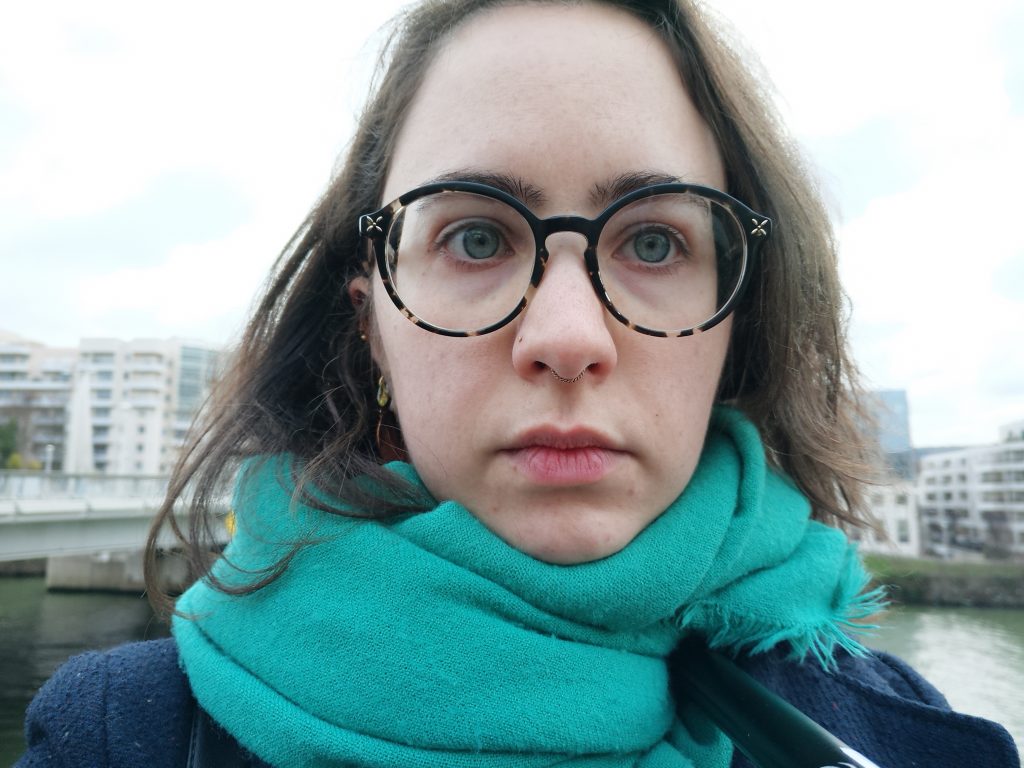
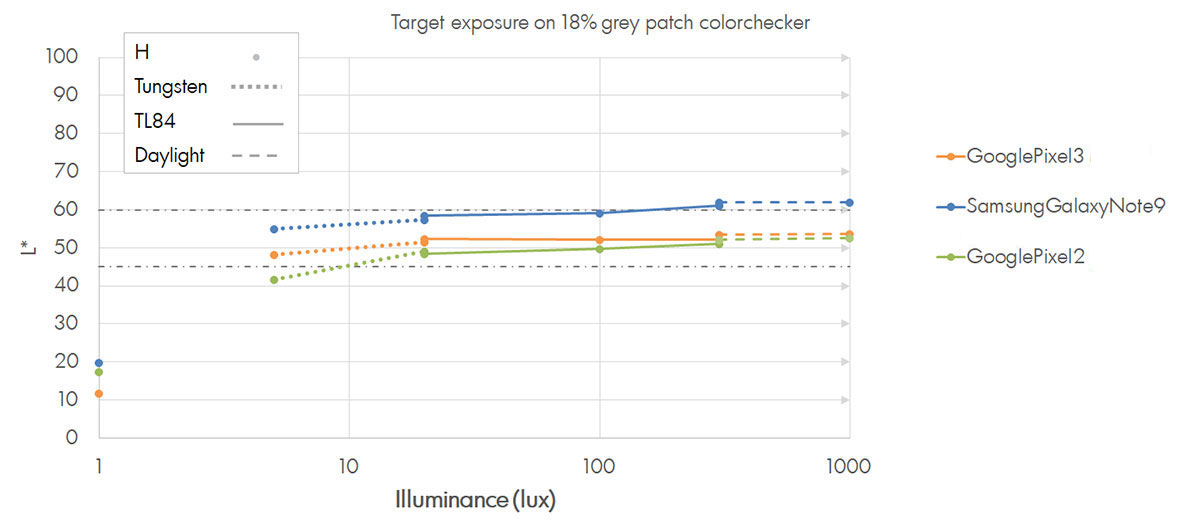
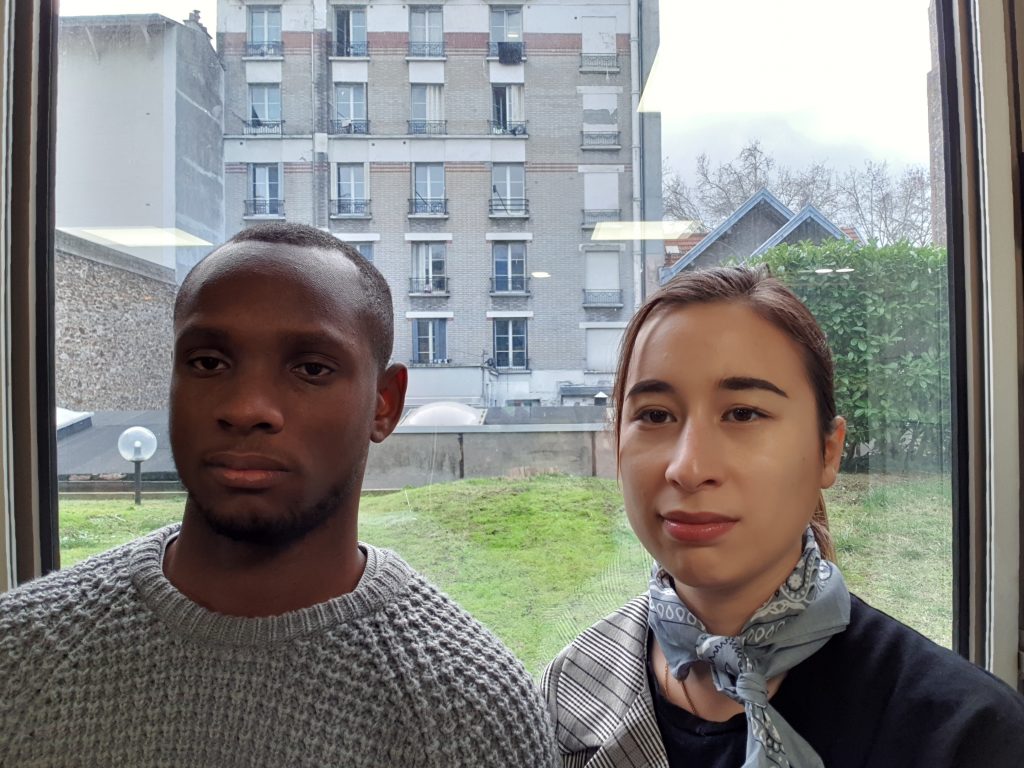
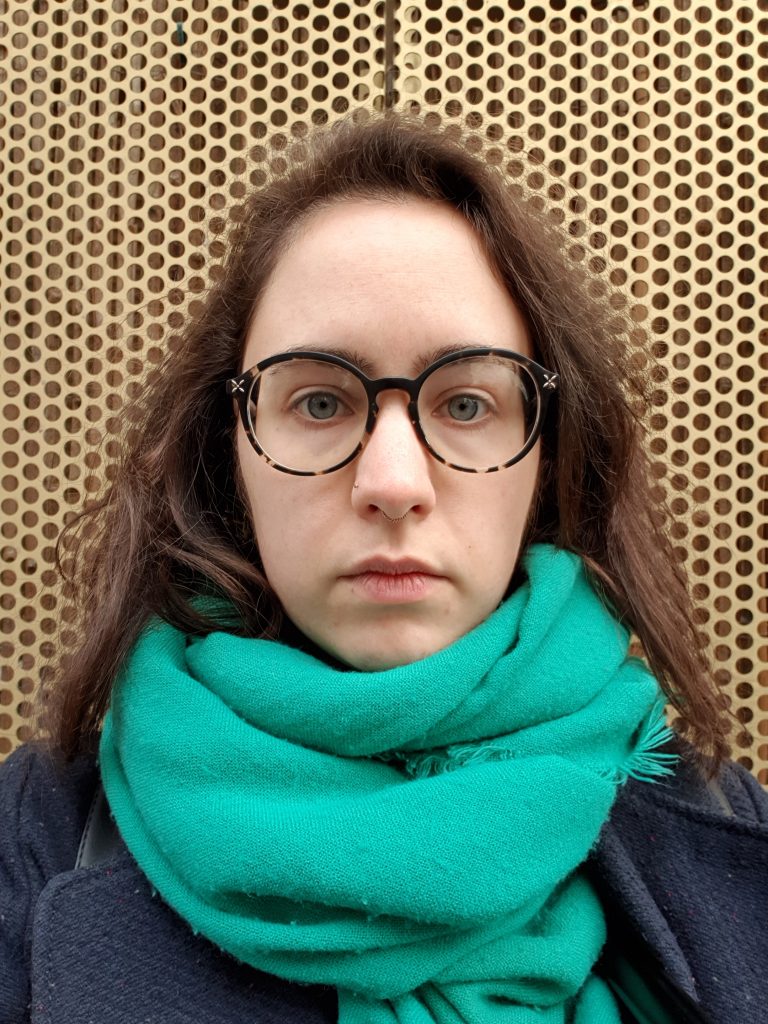

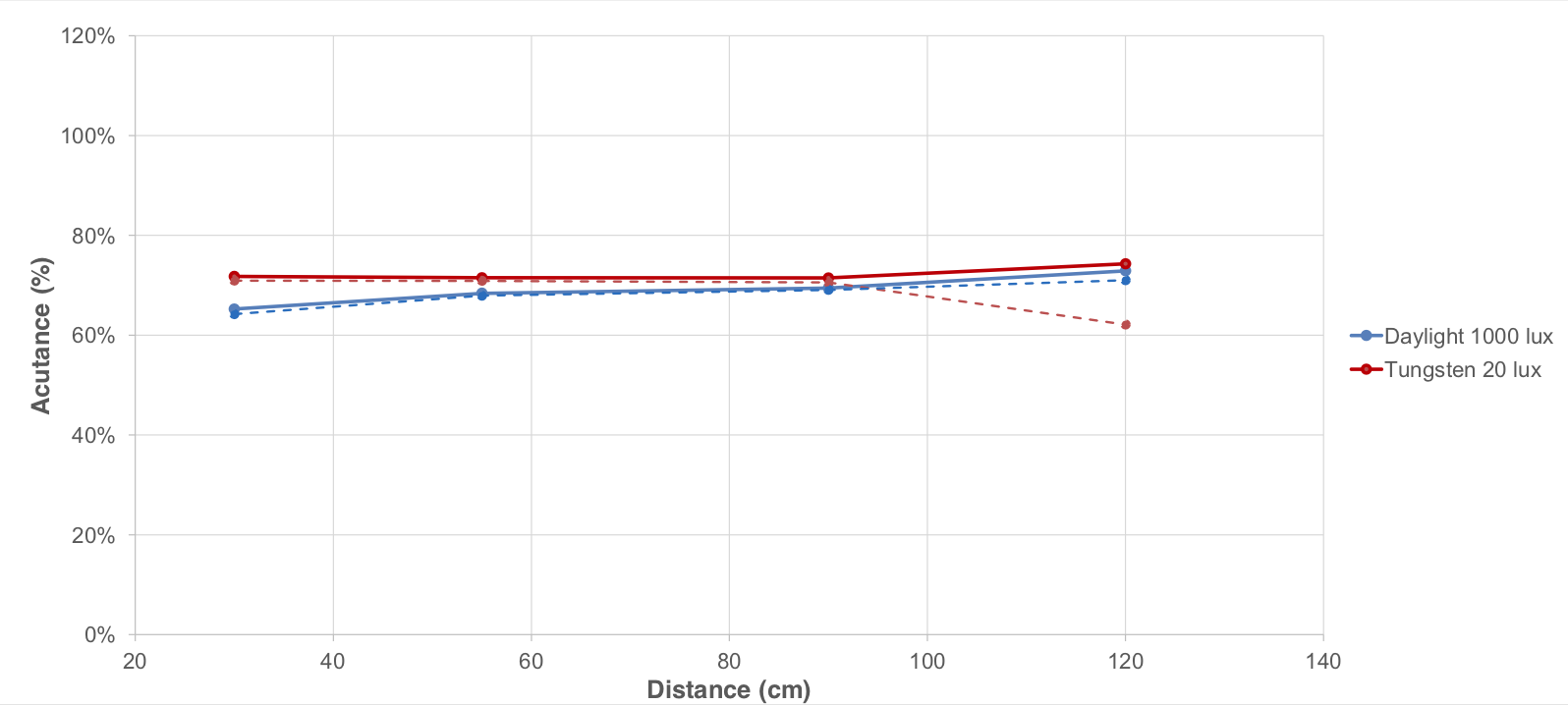
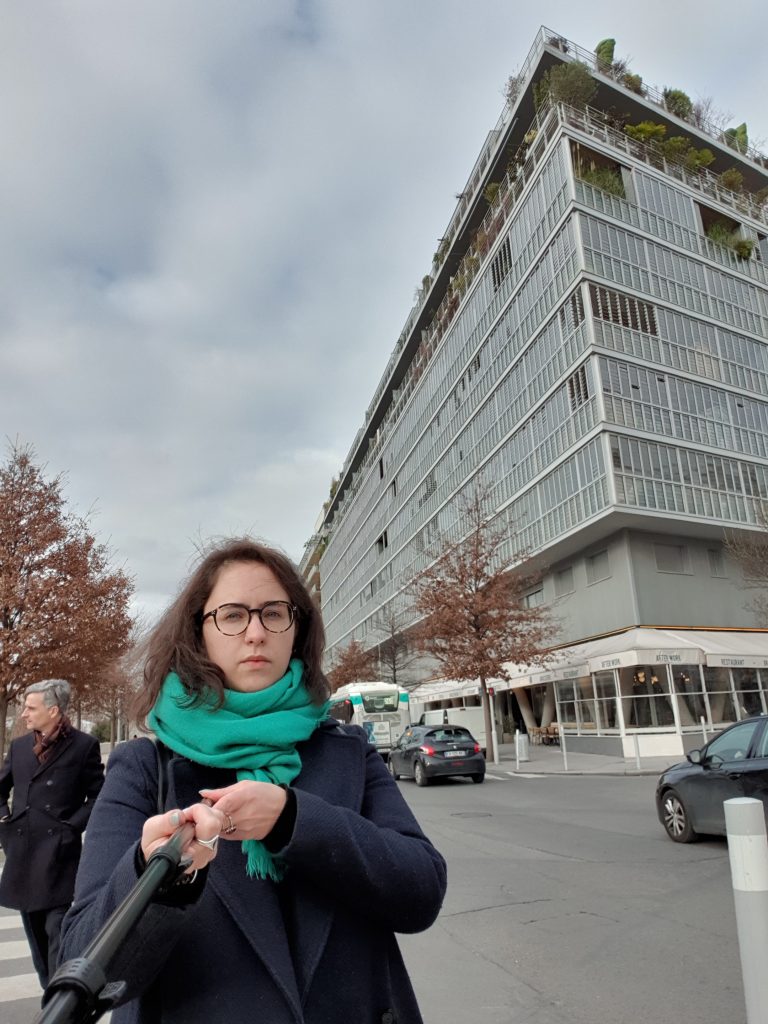
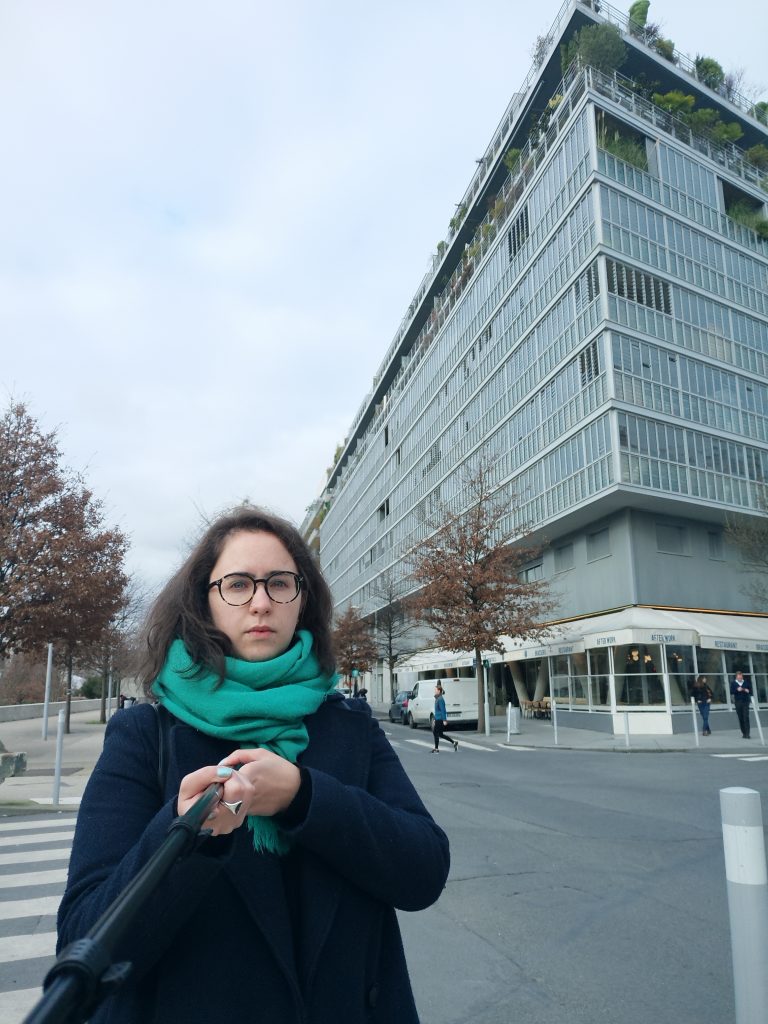

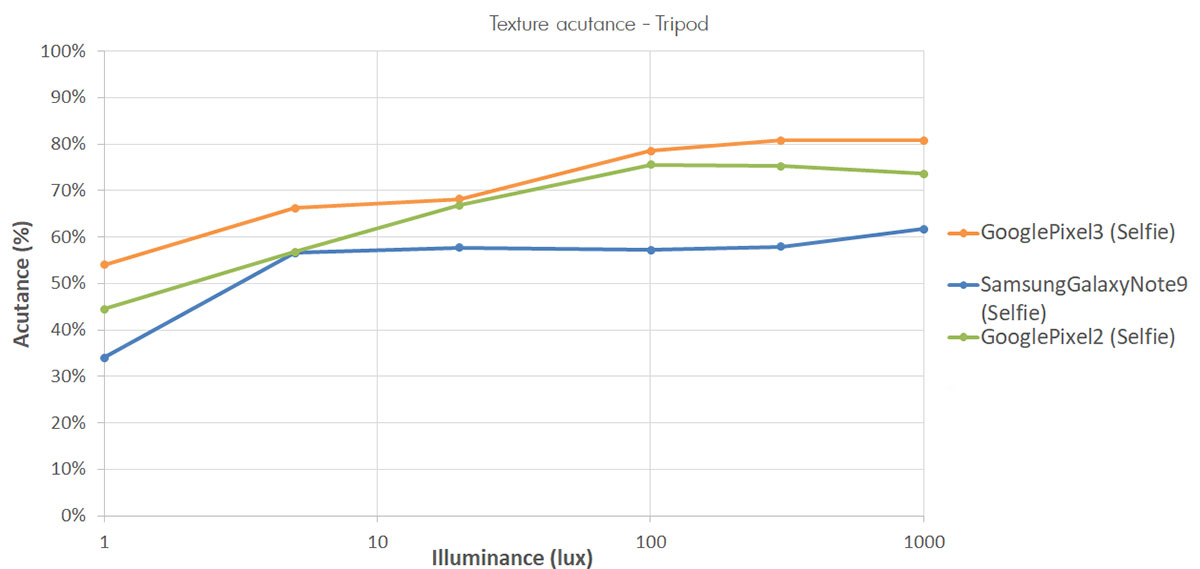
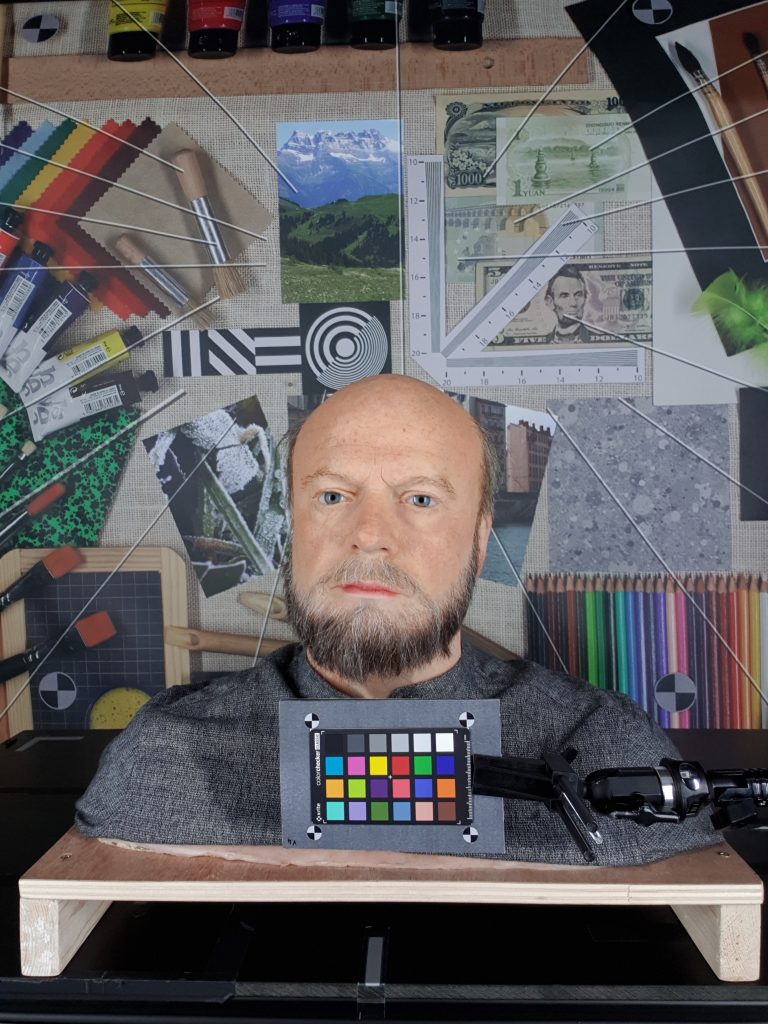
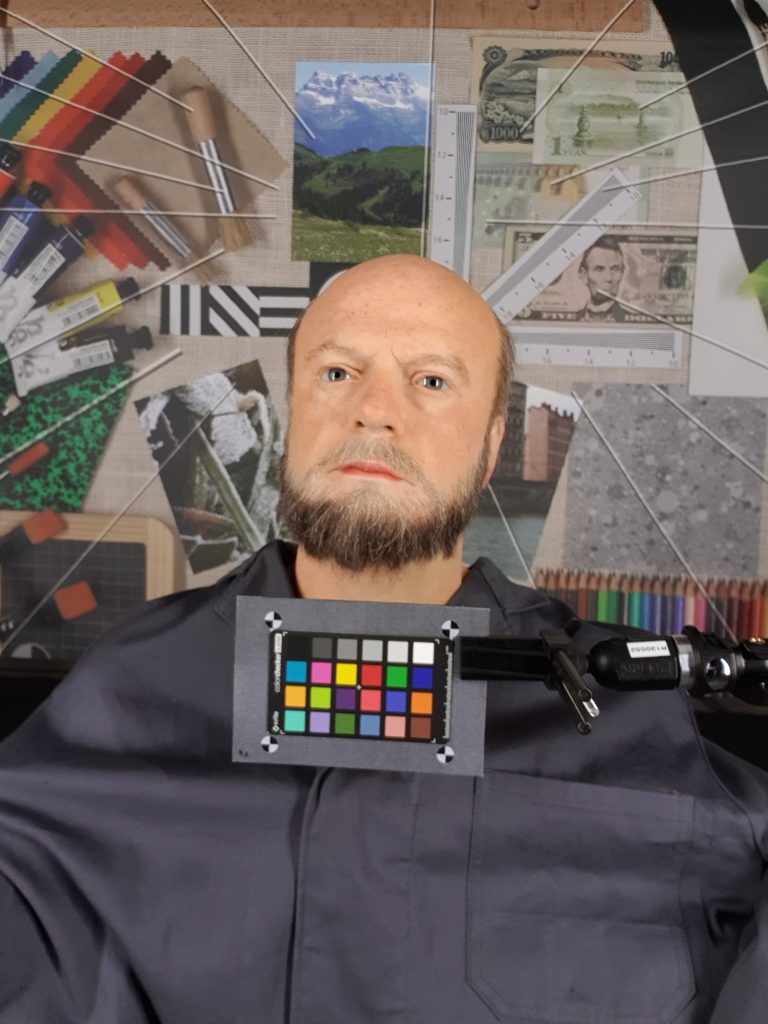
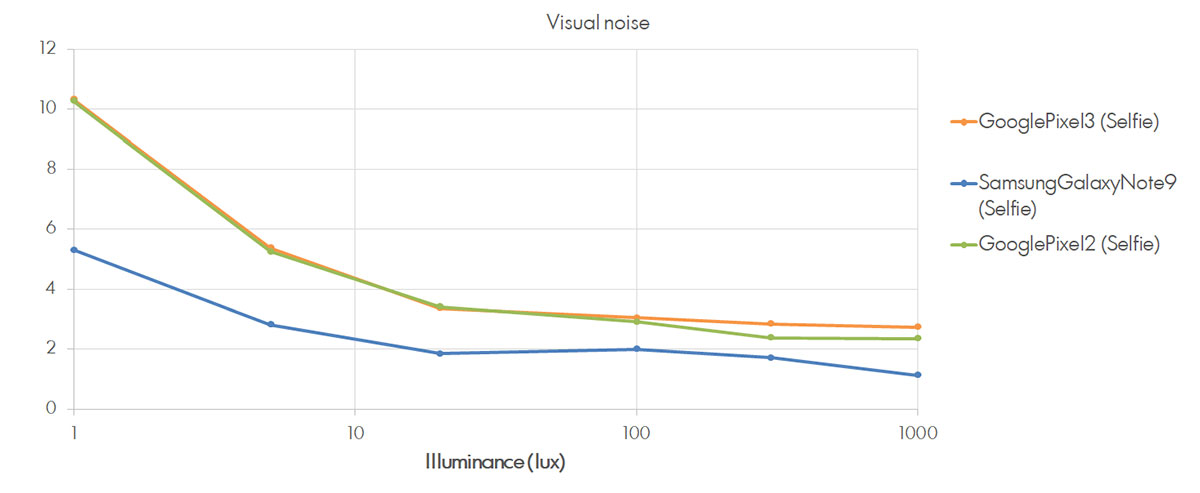
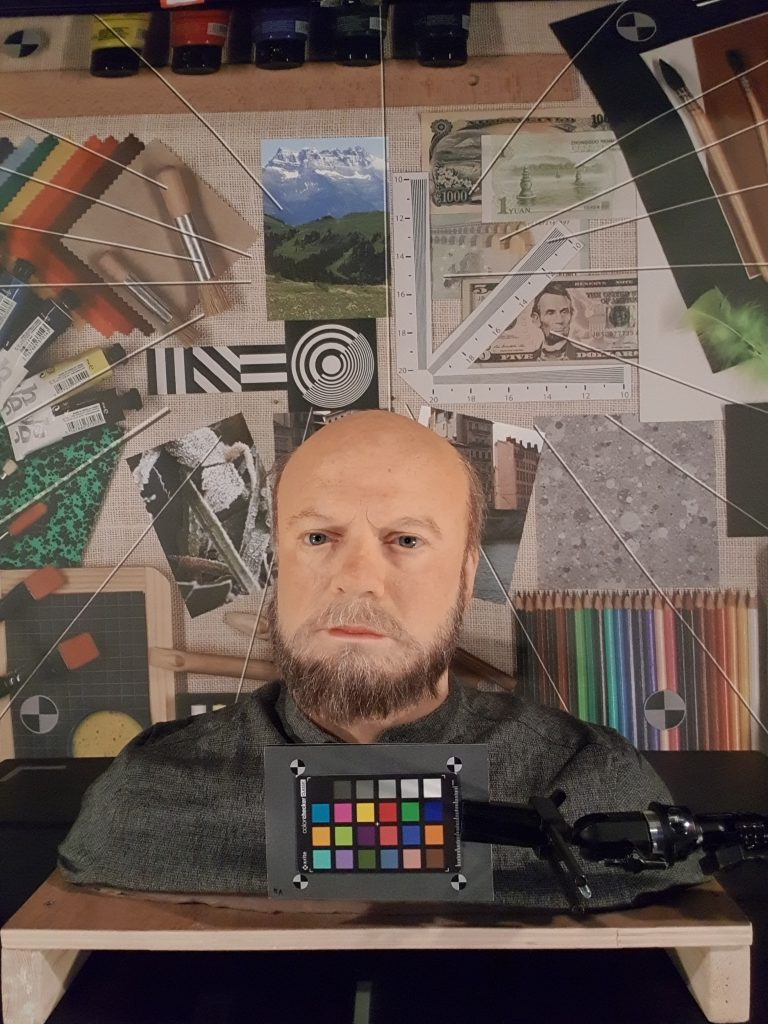
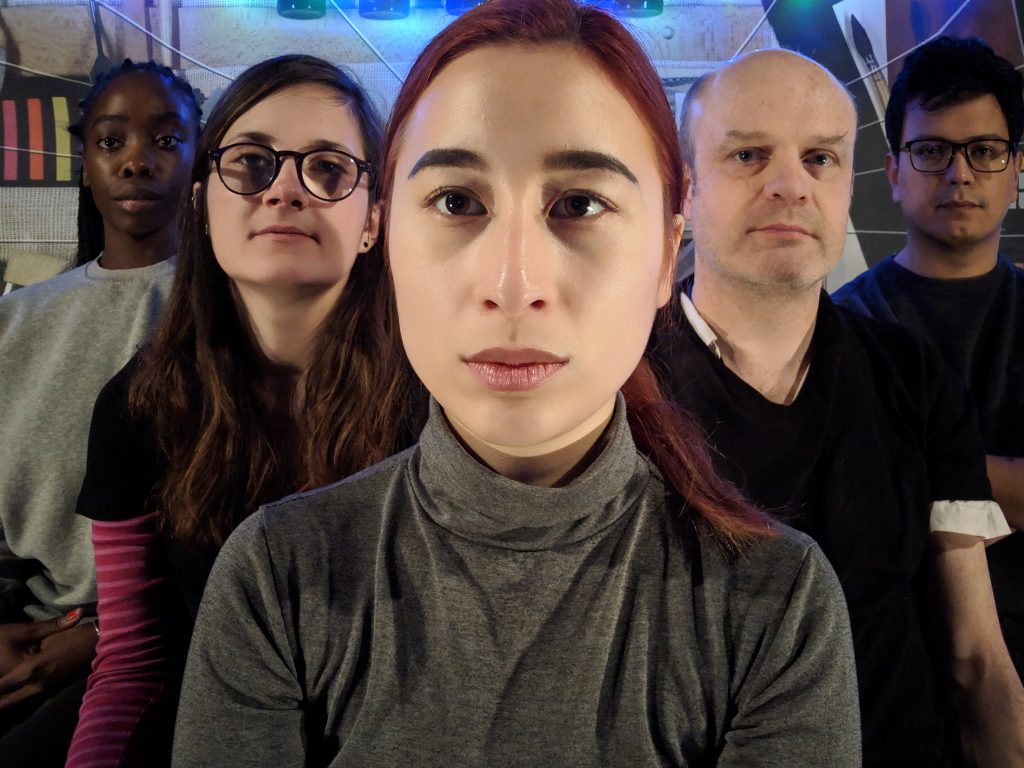
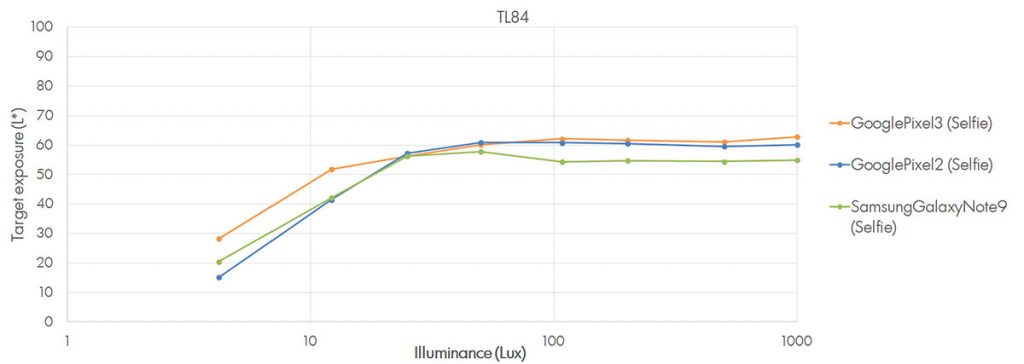
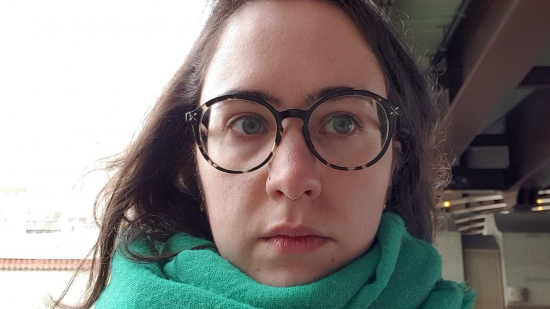
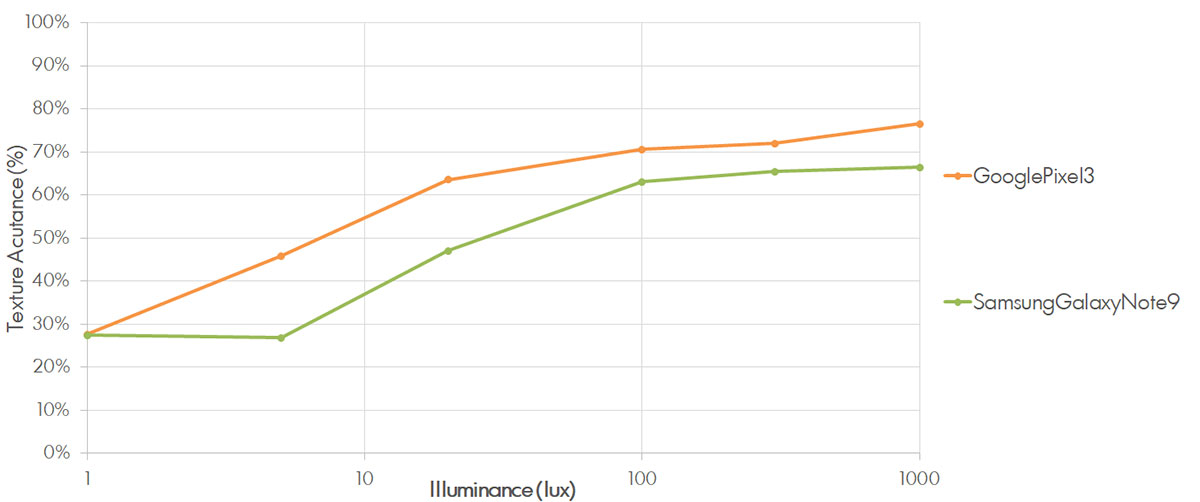
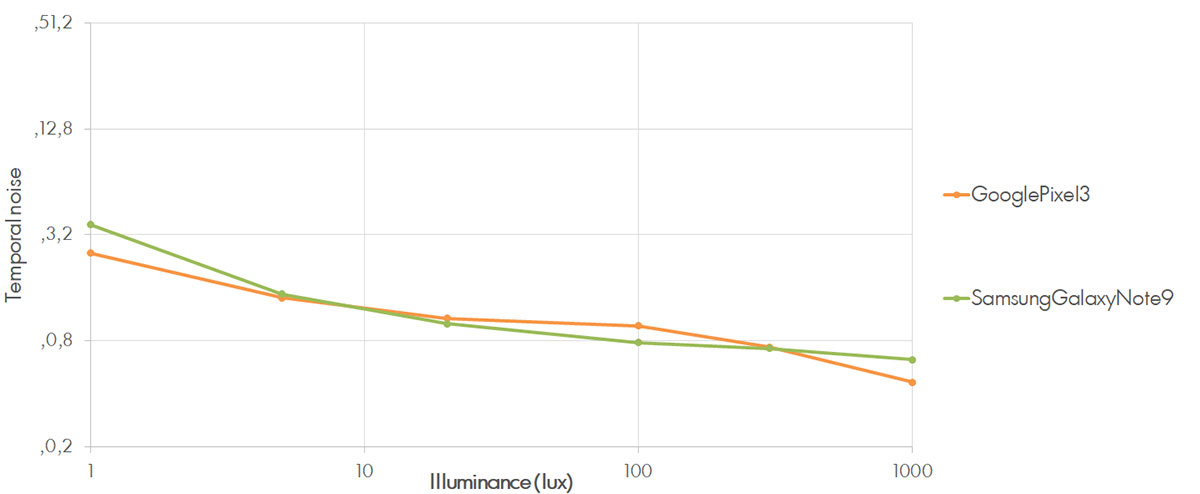
DXOMARK encourages its readers to share comments on the articles. To read or post comments, Disqus cookies are required. Change your Cookies Preferences and read more about our Comment Policy.